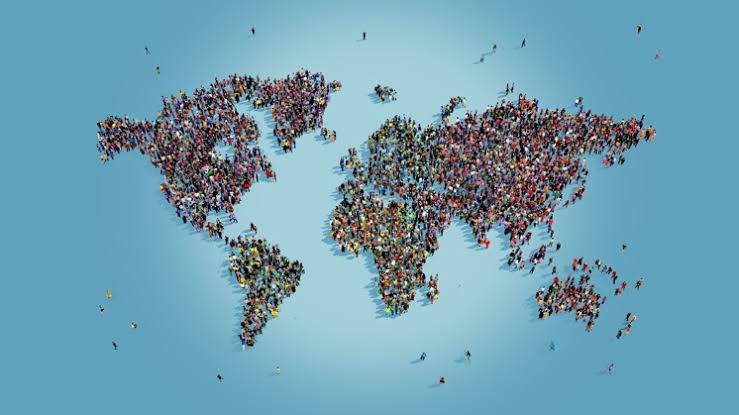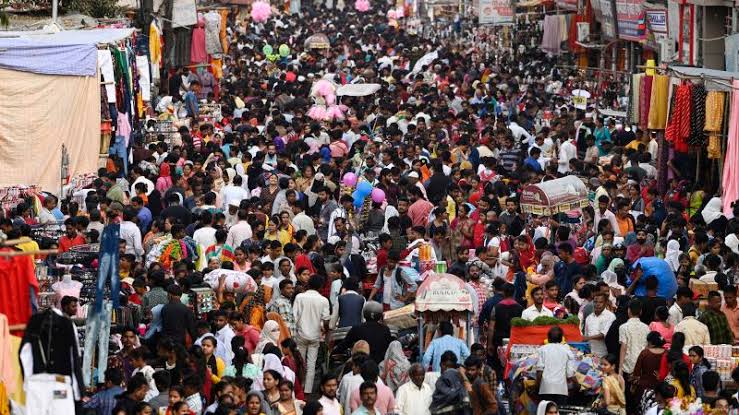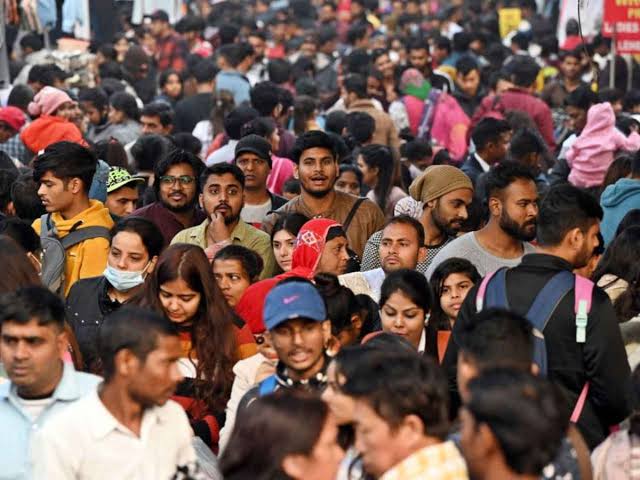New Delhi: Around mid-November, the world will have its 8 billionth living human being, according to an estimate from the United Nations. When the milestone is reached, it will have taken the world a little less than half a century to double its population from 4 billion people in 1974. But going by current population trends, there will not be another doubling of human population any time soon. In fact, humanity’s next big challenge may well be a declining population.
The UN Population Division estimates that the number of humans on Earth will grow to eight billion on November 15, more than three times higher than the 2.5 billion global headcount in 1950.
However, after a peak in the early 1960s, the world’s population growth rate has decelerated dramatically, Rachel Snow of the UN Population Fund told AFP.
Annual growth has fallen from a high of 2.1 percent between 1962 and 1965 to below 1 percent in 2020.
That figure could potentially fall to around 0.5 percent by 2050 due to a continued decline in fertility rates, the United Nations projects.
– Fertility rate drop –
In 2021, the average fertility rate was 2.3 children per woman over her lifetime, down from about five in 1950, according to the UN, which projects that number to fall to 2.1 by 2050.
“We’ve reached a stage in the world where the majority of countries and the majority of people in this world are living in a country that is below replacement fertility,” or roughly 2.1 children per woman, says Snow.
– Graying globally –
A key factor driving global population growth is that average life expectancy continues to increase: 72.8 years in 2019, nine years more than in 1990. And the UN predicts an average life expectancy of 77.2 years by 2050.
The result, combined with the decline in fertility, is that the proportion of people over 65 is expected to rise from 10 percent in 2022 to 16 percent in 2050.
This global graying will have an impact on labor markets and national pension systems, while requiring much more elderly care.
Snow says that a growing number of countries are reaching out to her organization, asking “how can UNFPA help us better understand what we might do to boost our population.”
– Unprecedented diversity –
Beneath the global averages are some major regional disparities.
For example, the UN projects that more than half of the population growth by 2050 will come from just eight countries: Democratic Republic of Congo, Egypt, Ethiopia, India, Nigeria, Pakistan, the Philippines and Tanzania.
The average age in different regions is also meaningful, currently at 41.7 years in Europe versus 17.6 years in Sub-Saharan Africa, according to Snow, who says the gap “has never been as large as it is today.”
Those numbers could even out, but unlike in the past when countries’ average ages were mostly young, says Snow, “in the future, we may be closer in age, mostly old.”
Some experts believe these regional demographic differences may play a significant role in geopolitics going forward.
– India to surpass China –
In another illustration of changing trends, the two most populous countries, China and India, will trade places on the podium as early as 2023, according to the UN.
China’s 1.4 billion population will eventually begin to decline, falling to 1.3 billion by 2050, the UN projects.
By the end of the century, the Chinese population could fall to only 800 million.
India’s population, currently just below that of China, is expected to surpass its northern neighbor in 2023, and grow to 1.7 billion by 2050 — though its fertility rate has already fallen below replacement level.
The United States will remain the third most populous country in 2050, the UN projects, but it will be tied with Nigeria at 375 million.







